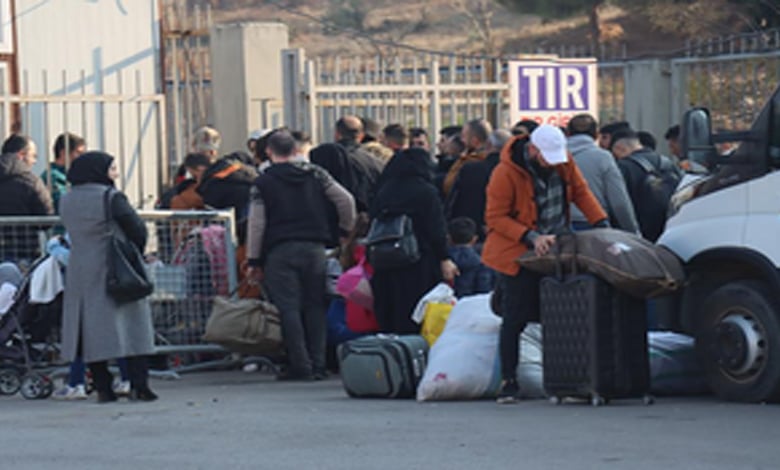Over 270,000 Syrian Refugees Return After Assad’s Ouster, UNHCR Expects More Returns
Since the fall of Bashar al-Assad's government in December 2024, more than 270,000 Syrian refugees have returned to Syria, with many more expected to follow, according to a senior official from the United Nations High Commissioner for Refugees (UNHCR).

Since the fall of Bashar al-Assad’s government in December 2024, more than 270,000 Syrian refugees have returned to Syria, with many more expected to follow, according to a senior official from the United Nations High Commissioner for Refugees (UNHCR).
Aseer Madaien, the UNHCR deputy representative in Syria, reported that the political transition, which began on December 8 when a militant coalition toppled Assad’s government, has led to a significant increase in refugee returns. “We have monitored the return of 270,000 Syrian refugees since the political transition began,” Madaien stated in an interview with Xinhua.
Table of Contents
Growing Confidence Among Syrian Refugees to Return
A recent regional UNHCR survey revealed that 27% of Syrian refugees expressed a willingness to return to Syria within the next year. This marks a dramatic rise from just 1% in the previous year, signaling growing confidence among Syrians in the country’s political and social recovery.
“This rise is significant and reflects a growing confidence among Syrians in returning home,” Madaien noted, highlighting a major shift in migration patterns.
Challenges Persist for Returning Refugees
Despite the positive trend in refugee returns, challenges remain. Key obstacles cited by Madaien include the lack of housing, deteriorating public services, and limited employment opportunities. Many refugees are returning to find their homes destroyed or occupied, while others who were displaced internally within Syria are also facing homelessness.
“Many Syrians have no homes to return to,” Madaien added. “Some returnees have found themselves without shelter upon their arrival.”
Humanitarian Efforts Struggling to Keep Up
Humanitarian organizations are facing significant difficulties in meeting the needs of returning refugees, with a funding crisis exacerbating the issue. “Ensuring that returnees have access to dignified living conditions is critical,” Madaien emphasized.
The Fate of Refugee Camps in Neighboring Countries
The fate of refugee camps in neighboring countries hinges on the conditions inside Syria, according to UNHCR officials. Madaien explained, “The closure of refugee camps will only happen when conditions inside Syria improve.” At present, neighboring countries have not been pushing for large-scale returns, believing the process should remain gradual.

Long-Term Investment Needed for Sustainable Return
Also Read: Bahrain Looks to Telangana’s Model for Cutting-Edge Skill Development Institutions
UNHCR has emphasized that the safe and sustainable return of refugees will require long-term investments in infrastructure, economic recovery, and legal protections. Over 13 million Syrians were forcibly displaced during more than a decade of war, and their return will depend on Syria’s ability to provide a stable and supportive environment.
As the political transition in Syria unfolds, the UNHCR continues to monitor the return of refugees, hoping to see conditions improve for those who wish to return home.
